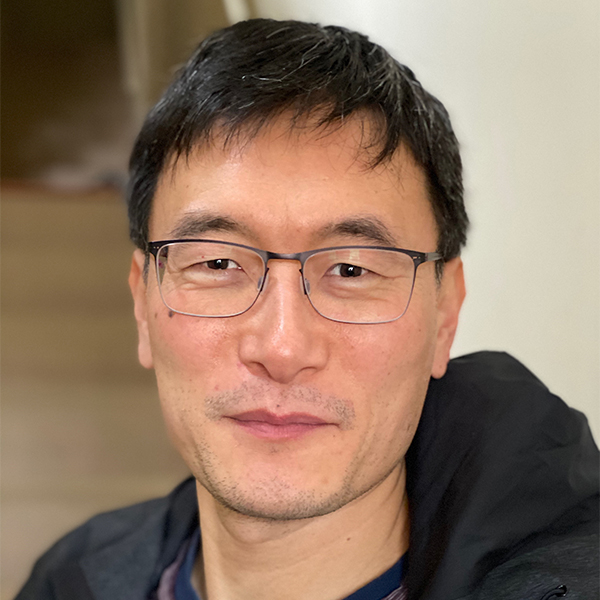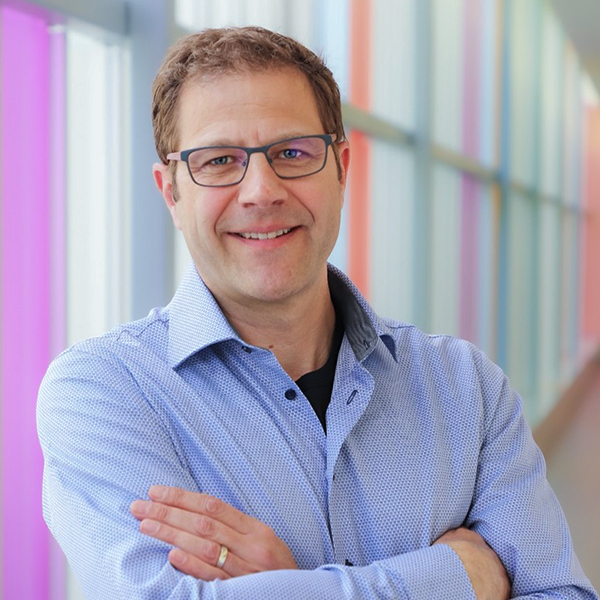JDRF provides seed funding for highly innovative research with significant potential to accelerate the most promising type 1 diabetes (T1D) research in both cures and approaches to improve disease management. JDRF Innovation Grants address key challenges in T1D research and have the potential to generate ground-breaking discoveries.
JDRF is thrilled to announce that two Canadian researchers out of the University of British Columbia (UBC) have recently been awarded one-year Innovation Grants for their T1D studies in stem cell derived beta cells.
A potential cure for T1D is to transplant islet cells (the cells responsible for producing insulin) from recently deceased donors. However, there aren’t enough donors to meet the demand for all people with T1D who could potentially benefit from this treatment. However – there is a potentially limitless supply of insulin secreting cells for transplantation if stem cells could be turned or ‘directed’ into beta cells that secrete insulin in response to glucose. A challenge to this approach is that, thus far, beta cells derived from stem cells do not produce as much insulin as naturally occurring, healthy beta cells. Therefore, more research is needed to understand how we can derive stem cell-derived beta cells that match or even exceed the properties of naturally occurring beta cells.
The two new innovation grants will attempt to quantify (Dr. Hongshen Ma) and optimize (Dr. Dan Luciani) the insulin-producing capability of stem cell-derived beta cells, to get us closer to a product that can cure T1D.
While Dr. Ma and his team focus on identifying the properties of high achieving stem cell-derived beta cells, Dr. Luciani and his team are examining the role of the mitochondria in the insulin producing capacity of stem cell-derived beta cells.

Dr. Hongshen Ma (University of British Columbia)
Dr. Ma is working to discover why there is limited insulin-secretion capability of stem cell-derived beta cells, by examining the cells at an individual level.
Recent research has indicated that not all beta cells within an islet are equal. Rather, different beta cells within an islet have different roles, and may produce different amounts of insulin. One potential explanation for the limited insulin-secretion capability for stem cell-derived beta cells is that there are under and over-producers. It’s been theorized that when studied as a group, all the transplanted stem cells appear to produce little insulin relative to naturally occurring, healthy beta cells, but if looked at individually a subset of these cells are in fact producing much more insulin than the rest. Studying these differences is challenging, but cutting-edge approaches that allow single cell identification can reveal new insights about how islets function — and therefore how we can recreate them for cure therapies.
To address this challenge, Dr. Ma and his team are developing a new technology to measure the insulin secretion capability of stem cell-derived beta cells at the single cell level. This technology will enable the discovery of which genes and proteins are responsible for the ‘higher insulin achieving’ subtype of stem cells. By further comparing these to cells extracted from donor islets, the researchers will also be able to assess how similar the stem cell-derived beta cells are to those found in a person without T1D. Together, this work will push the boundaries of the current understanding of how islets function so that scientists can develop more effective stem cell-derived therapies for T1D that may one day be available to everyone in need.

Dr. Dan Luciani (University of British Columbia)
Dr. Luciani’s project is rooted in the theory that the development of mature, fully functional, beta cells involves two-way communication between metabolism in mitochondria (essentially the powerhouse of a cell) and the appropriate regulation of specific genes. It is hypothesized that without the proper two-way communication, not all stem cell-derived beta cells mature in a way that allows them to produce insulin in response to glucose.
Dr. Luciani’s team believes that this maturation process does not get fully activated when beta cells are created from stem cells in the lab, but that their mitochondria can be ‘jump-started’ to trigger a sequence of events that result in formation of beta cells capable of secreting insulin at greater levels, perhaps close to naturally occurring, healthy beta cells.
To address this challenge, Dr. Luciani and his team will make use of two innovative approaches – first, they will extract fully-functional mitochondria and transplant them into the immature stem cell-derived beta cells. They will also experimentally control the processes by which mitochondria normally fuse with each other or split into smaller units to influence the resulting beta cells. The team will further use specific metabolic molecules, novel drugs, and genetic manipulations to alter the structure and function of the existing mitochondria in immature stem cell-derived beta cells. This work may provide an untapped opportunity to improve the function of beta cells derived from stem cells for transplantation.




